Digital Detox: The Beauty of Boredom
A digital detox does not mean that we need to block out all media.
Rather, it means to be mindful of how we use digital technology. There is a way to use media to nourish, rather than retreat from ourselves.
We live in a world of constant virtual contact. In Canada, screen time has rapidly increased over the decade. As adults, much of these hours are now in the working world. Screen light, combined with indoor lifestyles and sedentary behaviours, have their own impacts on health and wellbeing. These factors and their impacts can be difficult to modify – but there is one specific behaviour within our screen time that we can become more mindful of: Leisure Screen Time.
When most of our leisure time is spent passively consuming media, we can block our creativity.
In terms of mindfulness, it’s not the leisure that’s the problem. It’s the fact that most of our leisure time is now spent scanning and consuming. This passive consumptive habit nudges the creative and mindful hours out of our lives. It is insidious, not intentional, and is true for all types of entertainment, not just those that are technology based. With access to technology literally at our fingertips, we have left no room for our brains to digest what we’ve consumed; we have no time be inspired to create something of our own.
We are too busy watching each other.
Computers, the internet and digital technologies have become a wonderful educational resource, group support, creative muse, meta-database and tool for social and political change. We have symbiotically evolved be more technologically inclined, and our desire to connect and create has only been highlighted by these advances. Not many of us would willingly eschew our access to these grand collaborative products. But, how we use these tools influences our health and wellness.
Previous to the explosion of hand-held device technology, times of consumption were buffered by boredom during the in-between times.
Boredom is the breeding ground for imagination, creativity, play and inspiration.
It is an efficient muse. On the road to feeling creative, we do not need to DO anything, we in fact, need to do nothing. There is beauty in boredom.
Passive consumption is not an efficient muse. It is a filler.
It is possible for our passive consumption to be balanced with our creative capacity – we can scan media, and subsequently borrow, create or discuss ideas for ourselves. But be aware that the more you pin, follow, like, comment and share, the less you create.
We have inadvertently closed the creative window and instead dominated our time with continuous consumption. This bystander perspective (or “rubber-necking”) squashes our confidence and motivation to create, even when our intention of consuming was to be inspired.
Comparison is the thief of joy – Theodore Roosevelt.
Shall I suggest in the same light, that consumption is the thief of creativity?
The concept of a Digital Detox (turning off all devices for one day, or a few hours every day) has been growing in popular culture. It seems to be an effective way to manage the addiction to media and to interact with the neurotransmitter dopamine, wisely.
For bringing creativity back, I suggest a variation. It’s the Creation:Consumption ratio.
For one day a week, (perhaps on the weekend, or a day when you have time for yourself) decide that anything you consume for leisure must be matched with an equal time in creation. That could be online, on a computer, in the kitchen or home or outside – but the key is you are USING your consumption time to inspire you to create something new to you.
Aim for a 50/50 split in your leisure time.
This is a tool to use your time differently than your habitual go-to. Whether you have eight 8 hours or one hour, put a timer on yourself. Max out your media consumption to no more than half of that time.
Keep the ratio even: 50% goes to watching, listening, scanning, tasting, and 50% goes to “being bored” and making.
This means that some of your creative time may feel uncomfortable. It can take time and space before you feel creative. Stick with it!
Particularly as adults, we have lost the experience and benefits of doing nothing. We have come to think that the only way to do nothing, is to be exhausted. We can relearn how to bumble in boredom, to allow our self-directed motivation take over.
If your creativity time extends beyond 50%, I’d say keep going!
Before using the creation:consumption ratio, reflect on what creativity is NOT:
- not work
- not chores
- not for praise
- not for others
- not for exercise
It is specifically imagining, experimenting, building, making, creating. Simple as that.
If you notice that your creation:consumption ratio consistently weighs toward consumption, your passion, motivation and confidence likely have a harder time piping up to create. If you schedule time to be creative, the time you spend consuming becomes distinctly more engaging. You will begin to identify boredom as separate from exhaustion, and appreciate that doing nothing could be a route into a more passionate and creative life.
